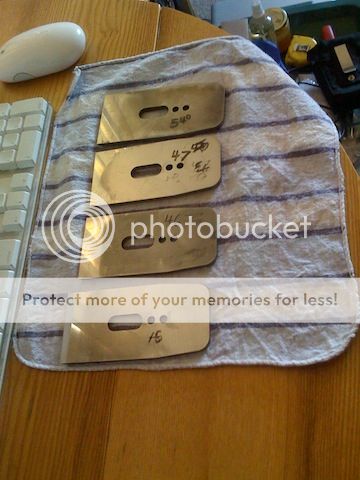- Joined
- Feb 6, 2017
- Messages
- 35
The title says it all:
What have you found to be the minimum grit or micron abrasive required to achieve hair splitting sharpness? This is my next goal. If you have an example of a grit and micron size (example of both would be fantastic) of media you've used please post since I'm weighing my options. Budget friendly would be a plus.
And by "minimum" I actually mean coarsest that you can get away with.
What have you found to be the minimum grit or micron abrasive required to achieve hair splitting sharpness? This is my next goal. If you have an example of a grit and micron size (example of both would be fantastic) of media you've used please post since I'm weighing my options. Budget friendly would be a plus.
And by "minimum" I actually mean coarsest that you can get away with.
Last edited:

